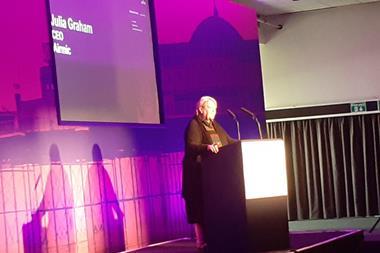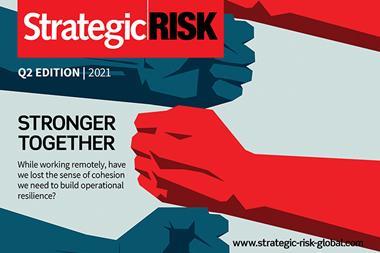There is a sub-text to the countless words and pictures that have been devoted to terrorism since 11 September: the levels of risk in the world have moved into uncharted territory. That is not to say that the risks cannot be managed, merely that we have entered a period in which risk management must evolve to meet the fresh challenges it now faces.
Old practices will have to be reviewed, improved systems introduced, innovative risk management products will come onto the market to be evaluated, but most of all new cultures of risk awareness will be established within organisations worldwide. If activity within AIRMIC is a guide - and it should be - this is happening already, and risk managers are at the forefront of this development.
Ironically, one of the most successful risk management tools being used at present is one of the oldest and most traditional - networking. Meeting colleagues to discuss the current risk situation is something AIRMIC has been actively promoting even to the extent of deciding to continue with my chairman’s reception on 12 September, to enable members to express their condolences and to share their shock, grief and thoughts with friends and colleagues from all sectors of the market.
A matter of days later, AIRMIC members in the airline industry highlighted the lack of insurance cover which threatened to ground fleets virtually worldwide as a result of potential liabilities arising from the events of 11 September. Urgent networking meetings were held and AIRMIC, as the leading UK professional risk management body, became involved in promoting a call for Government intervention, both behind the scenes through official channels and externally through the media. Within a few days, the Government had agreed to underwrite the airlines until a more permanent solution could be found.
Not that terrorism is the only concern of risk managers. Prior to 11 September, insurance premiums had already been increasing alarmingly as the market hardened. AIRMIC had arranged well-attended networking meetings to exchange members’ knowledge and experience, and discuss alternatives. And it is not just coincidence that activity has increased on the AIRMIC website and within several AIRMIC Special Interest Groups, not least the newly-formed Business Continuity SIG.
The true value of present day networking does not lie in the act of communication, but in the way that the exchange of information is used to spread fresh risk management knowledge and foster industry best practice. AIRMIC, through its SIGs, working parties, seminars, conferences and website will assist that process.

















